When humans finally travel to Mars, will they have replicators that assemble foods on demand? Probably not. But government agencies and private space exploration companies do plan to send 3D printers into space to build habitats and produce tools and other objects. Can it be done?
From movie props to permanent shelters, large format 3D printing is already transforming how we build big here on Earth. In this article, we’ll explore five large-scale 3D printing examples and how this technology is changing the way we look at the future of fabrication.
What is 3D printing?
The term 3D printing is used to describe the broad category of computer aided additive manufacturing. An item is 3D printed if it is built by a machine following digital instructions that are derived from a three-dimensional digital model. 3D printed objects are built in layers, with the digital instructions guiding each slice or cross-section of the construction.
The 3D printer receives instructions for where to place the materials, such as melted plastic filament, for each layer or slice. As the materials cure, the object takes shape.
An alternative to this method, while still additive, begins with a batch of materials from which only the selected portions are cured. This is the process used by stereolithographic (SLA) printers which use light to cure only certain points within a vat of liquid resin, point by point.

What is large-scale 3D printing?
3D printers come in many sizes. Individuals can purchase basic 3D printers small enough to fit on their desktops that allow them to make objects using plastic filament. More sophisticated desktop printers use liquid resin or other methods. The objects that these printers can create are, of course, limited by their size.
A large-scale 3D printer can go bigger. In fact, some large-scale 3D printers can print entire buildings. How big a printer can go will depend on its type and dimensions.
For example, a large-scale SLA 3D printer contains the object within the machine while it is being constructed. So the internal construction space limits the item’s size. Other 3D printers use robotic arms to deliver the printing materials, such as concrete, to an exterior location. The scale of these printers is limited solely by their reach and moveability.
Is there a difference between large-scale and high-capacity 3D printing?
If you plan to create large-scale items or print in bulk, you’ll want to select an industrial printer for the job, or a partner with the capacity you need.
Most desktop 3D printers are designed for bulk printing. Some are technically capable of doing the job. However, they won’t operate at the speed of an industrial 3D printer. Industrial printers have stronger, more durable machine parts and are designed with higher capacities in mind. When choosing a 3D printer, it is important to consider the machine’s volume, the printing technology it uses, the materials it accommodates and its overall capacity in terms of production time and endurance.
In general, if a 3D printer can produce items that are 1 cubic meter or larger, it is a large-scale device. One cubic meter may not sound so big. But that’s just the baseline.
Look at these mammoth items made by large-scale 3D printers...
Five large-scale 3D printing examples:
- The construction industry is being transformed by 3D printing and its ability to create full-sized homes in days. Builders in Austin, Texas used 3D printing technology to rapidly deploy 400 square-foot residences for unhoused members of the Austin community. A Vulcan II 3D printer constructed the walls of these 1-bedroom, 1-bath residences using a concrete-like material called Lavacrete.
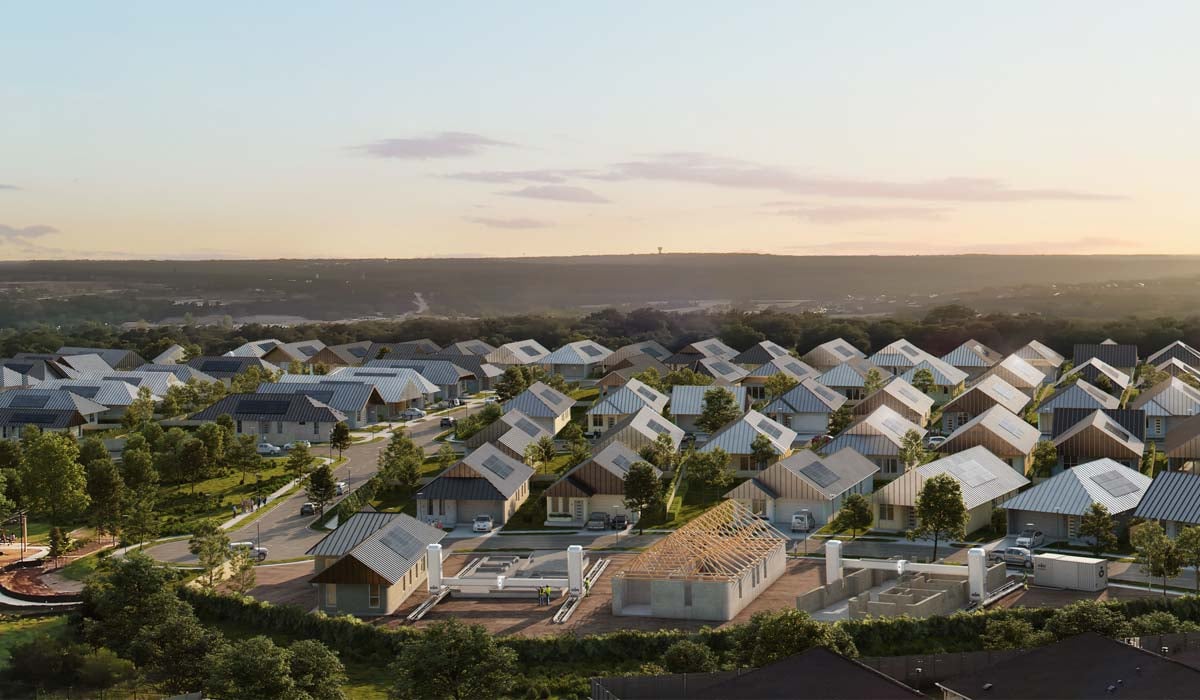
- The Royal Gardens in Torino, Italy, is host to a whale of an outdoor art exhibit called “The Whale Pass,” made using a process called wire arc additive manufacturing (WAAM). The sculpture weighs more than 1,900 pounds and is composed of several stainless steel pieces representing the passage of a humpback whale through the gardens.
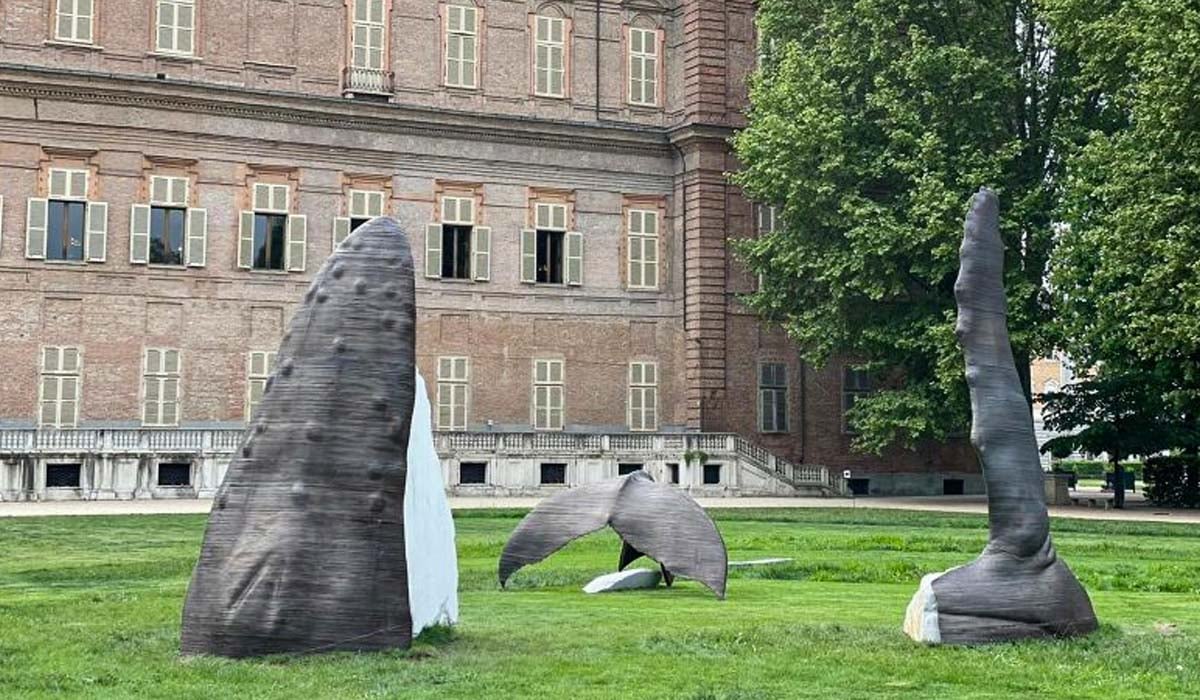
Designed by Studio C&C, “The Whale Pass” was built using MX3D’s MetalIXL technology. The team welded together individual segments, the largest of which was 3 meters tall, to create the sculptures distinctive pieces, including the 5-meter-tall whale’s head.
- The large-scale 3D sculpture, “Purple S.T.E.A.M.” installed outside the Main Library in Durham County, North Carolina abandons reality with purple tree-like shapes extending 17 feet high and 27 feet wide. Meant to represent the diversity of the library’s community, the sculpture made from carbon and ABS filament was 3D printed by six-axis robots.

- “Large-scale” doesn’t always mean objects suitable only for the outdoors. 3D printing enables businesses to create accurate on-brand, three-dimensional objects for brand activations and experiential events. An SLA 3D printer was used to faithfully replicate Mickey Mouse’s steamboat (from his Steamboat Willie days) inside a larger-than-life interactive snow globe for CAMP retail stores.
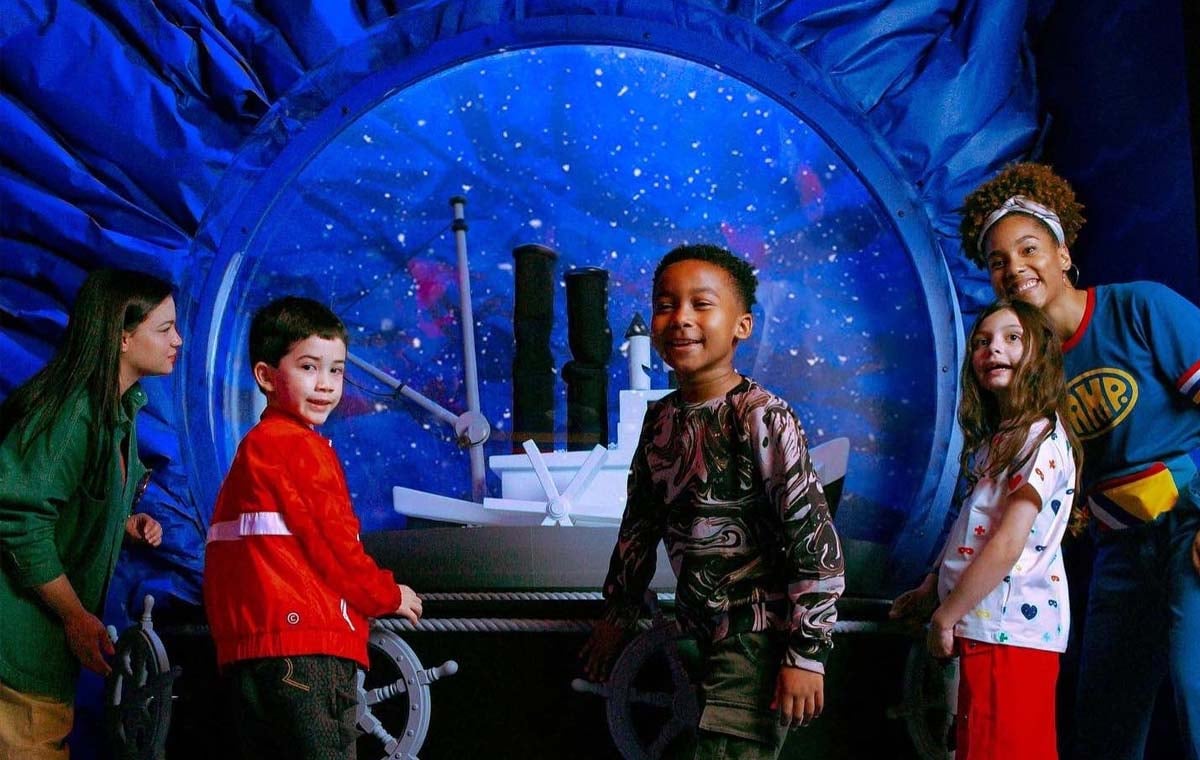
- Now for something really out of this world. While NASA’s Mars Dune Alpha surface mission habitat is earthbound, the technologies being used there are bound for space. The 1,700-square-foot simulation habitat designed by Bjarke Ingels Group (BIG) was 3D printed using ICON’s VULCAN construction system.
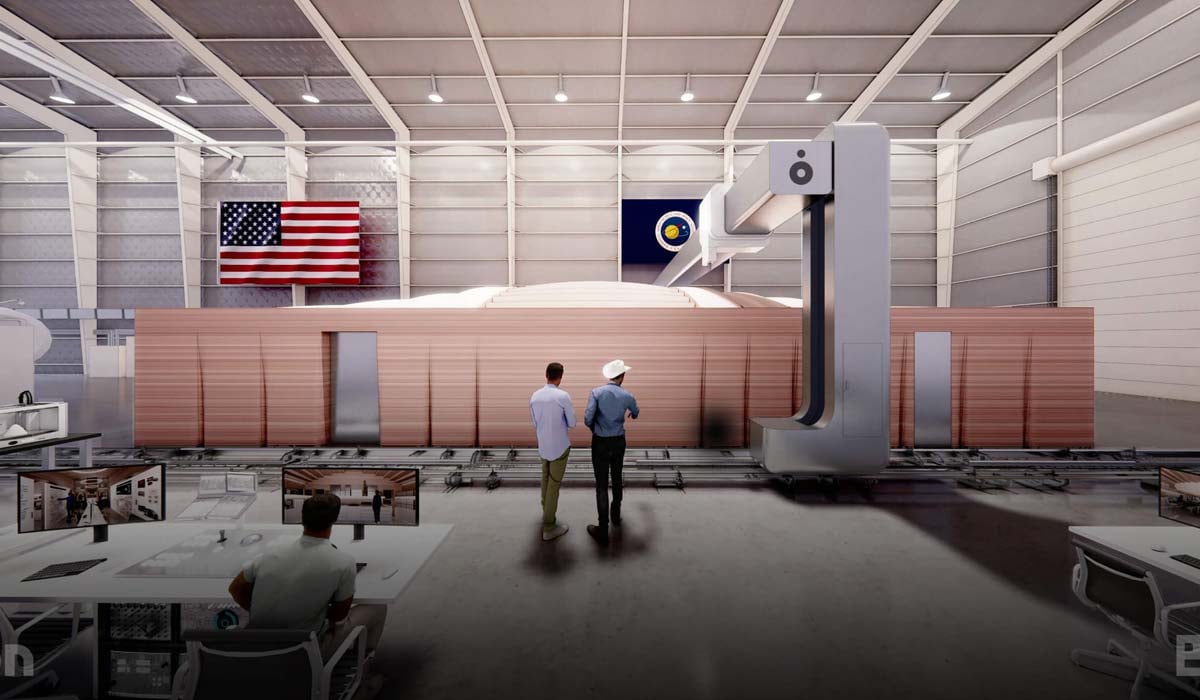
Go big with your next project using large-scale 3D printing
Dreaming big can become building big for designers and developers around the world and off-world with large format 3D printing. Are you ready to make your next project larger-than-life with the help of large scale 3D printing? Let us show you how it’s done.
Discover how our full-service design, production and strategy company brings together tactical and fabrication expertise and technology to make your design dreams come true. We’ve expanded our already extensive technology and fabrication facilities, adding 9 SLA 3D printers with 400 cubic feet of 3D printing capacity.
Schedule an introduction to Bridgewater Studio to discover what we can build for you. We’ll prepare your next project for takeoff with a free customized project plan.
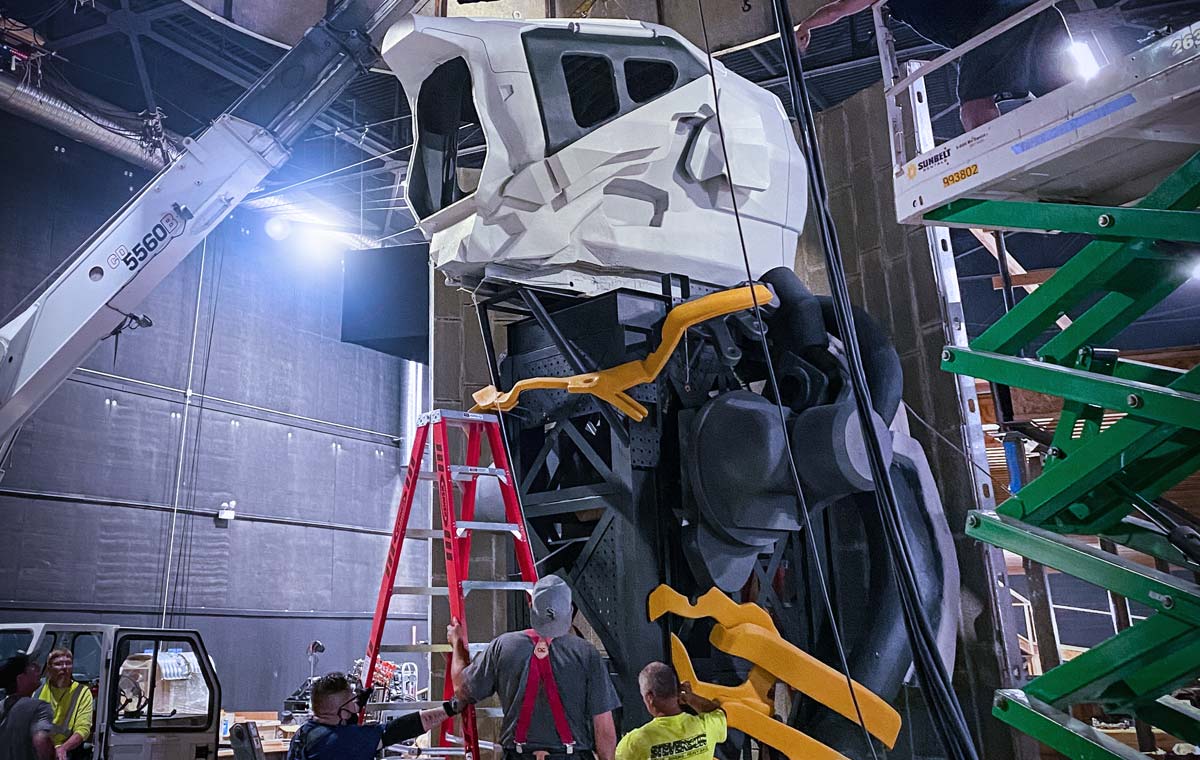

.png)
.png)
.png)







